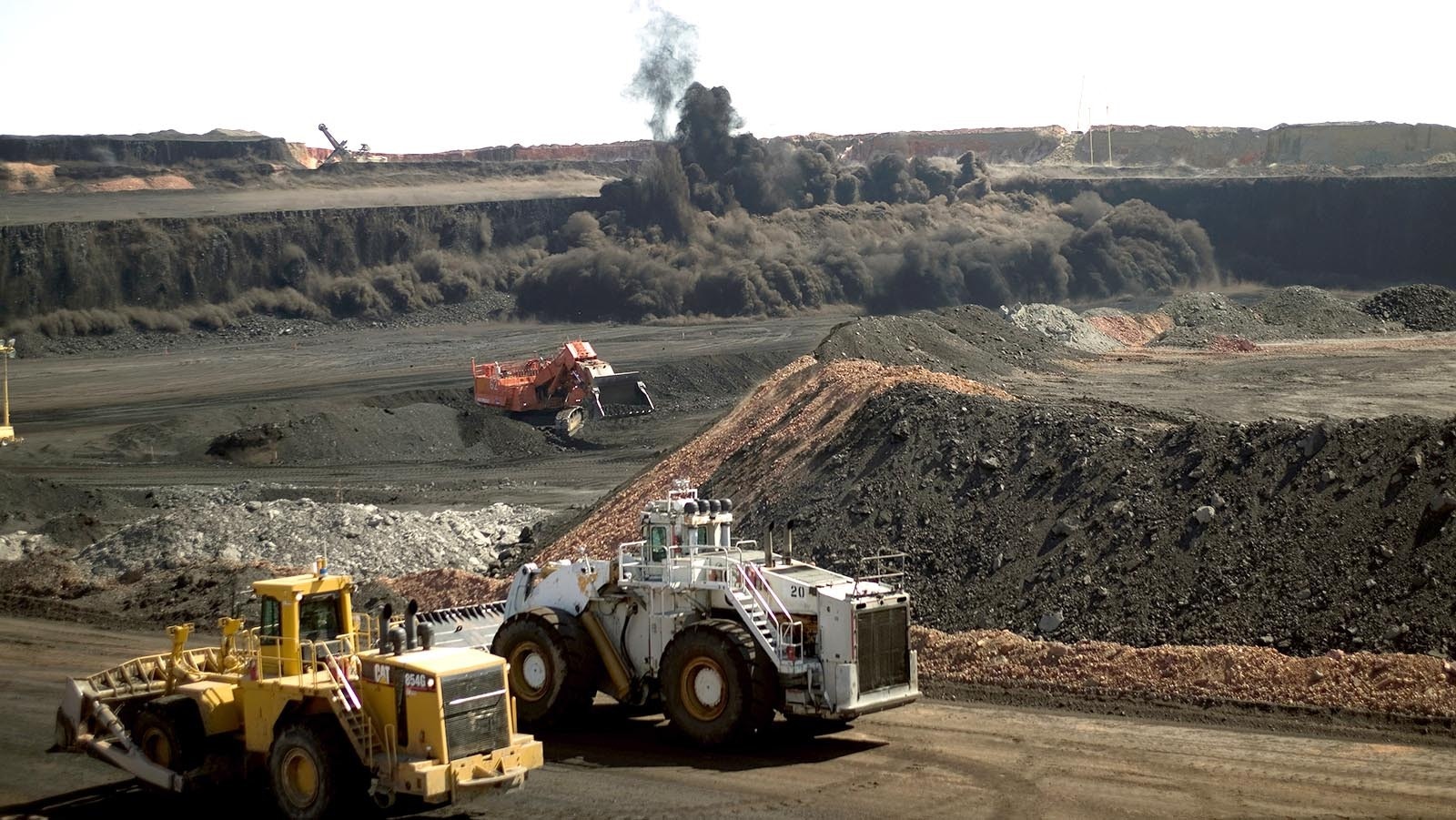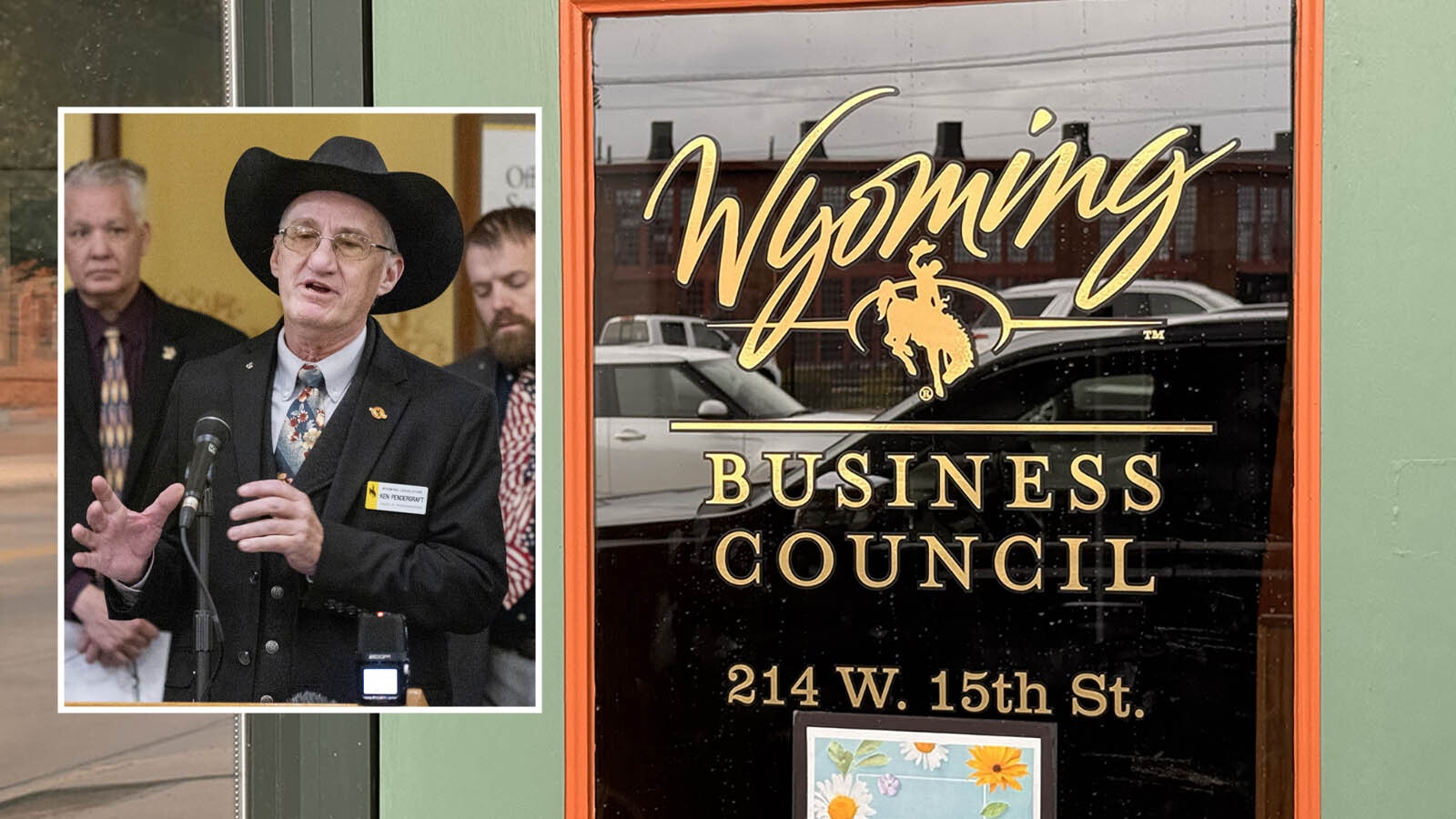A strong performance in Campbell County’s mineral extraction industries — coal, oil and gas — rocketed the county’s assessed valuation to $5.7 billion, a $1.2 billion increase from last year and $2.3 billion more than 2021.
Campbell County is the largest energy producing county in the state, spurred by its significant footprint in Powder River Basin coal production.
“We’re blessed with the minerals we have, and I am very supportive of it,” Campbell County Commissioner Colleen Faber told Cowboy State Daily.
But it was oil and natural gas that stole the show this year in Campbell County, combining to nearly match coal valuation at $2.1 billion. The total assessed value for coal finished at $2.4 billion, a 25% increase from the prior year.
It was also the highest valuation for coal since 2019, according to the Gillette News Record. Faber said in 2012, coal topped out at $3.7 billion in assessed value, a year when Campbell County reached $5.8 billion overall.
“What has really jumped in that time is oil production,” Faber said.
In the short term over the last year, increases in energy revenue and valuation can be mostly attributed to price increases as production stayed roughly flat.
Oil And Gas Jumps
The 21% increase in assessed natural gas value follows on the heels of a 357% spike in natural gas revenue from 2021 to 2022. During that same time period, oil revenue jumped from $614 million to $1.1 billion.
Faber said an influx of gassy wells — oil wells that produce high volumes of natural gas within the producing fluid level column — helped spur the natural gas jump. Another factor is improving technology for horizontal drilling and fracking.
The commissioner said she expects natural gas and oil production to eclipse coal in the long term, although she believes coal production will stay relatively consistent.
Faber said new drilling opportunities are being identified in Campbell County on a routine basis, many of which feature extensive layers in different formations. She also said oil deposits are being identified with higher and higher accuracy because of improvements made in horizon drilling.
“It’s really going to be a reputable type of drilling,” she said. “Things aren’t going anywhere.”
In Converse County, another major energy producer for Wyoming, assessed valuation increased by more than $1 billion to $2.7 billion for this year.
Counties that are less dependent on energy production tend to have much lower assessed valuations. For instance, Park County in northwest Wyoming had an assessed valuation of $874 million last year.
Faber said all of Campbell County's energy industries will serve as a reliable backbone for the country into the future as the U.S. transitions to renewable energy sources that can often be inconsistent to rely on. Coal is both a significant source of electricity generation and the largest single source of carbon dioxide emissions, creating a challenge in transitioning to low-carbon energy systems.
Boom And Bust Management
The recent valuation is Campbell County's highest since 2015, another peak boom time in the county. Because of its reliance on energy production, Campbell County frequently goes through boom-and-bust cycles.
But Faber said the county has become more strategic about how it manages these cycles, holding onto about $160 million in reserve and other accounts. The county is projecting a $151 million budget for the next fiscal year.
One of the few disappointments for Campbell County’s energy picture was in the performance of its uranium producers, a continuation of a long-term decline for that industry. Uranium produced about $6,872 in total assessed valuation, a stark contrast to historical highs of the past that reached more than $11 million.
Reducing The Mill Levy
As a result of its strong financial position, also bolstered by federal COVID-19 money, Campbell County commissioners are now considering reducing the county’s mill rate from its current 11.235 mills to 11.1 or even lower.
The county’s mill levy goes to a variety of services, including law enforcement equipment and county infrastructure.
Faber said she would support reducing the mill levy, citing consistent inflation and bloated real estate prices in recent years.
“We hear the people,” she said.
Leo Wolfson can be reached at leo@cowboystatedaily.com.





